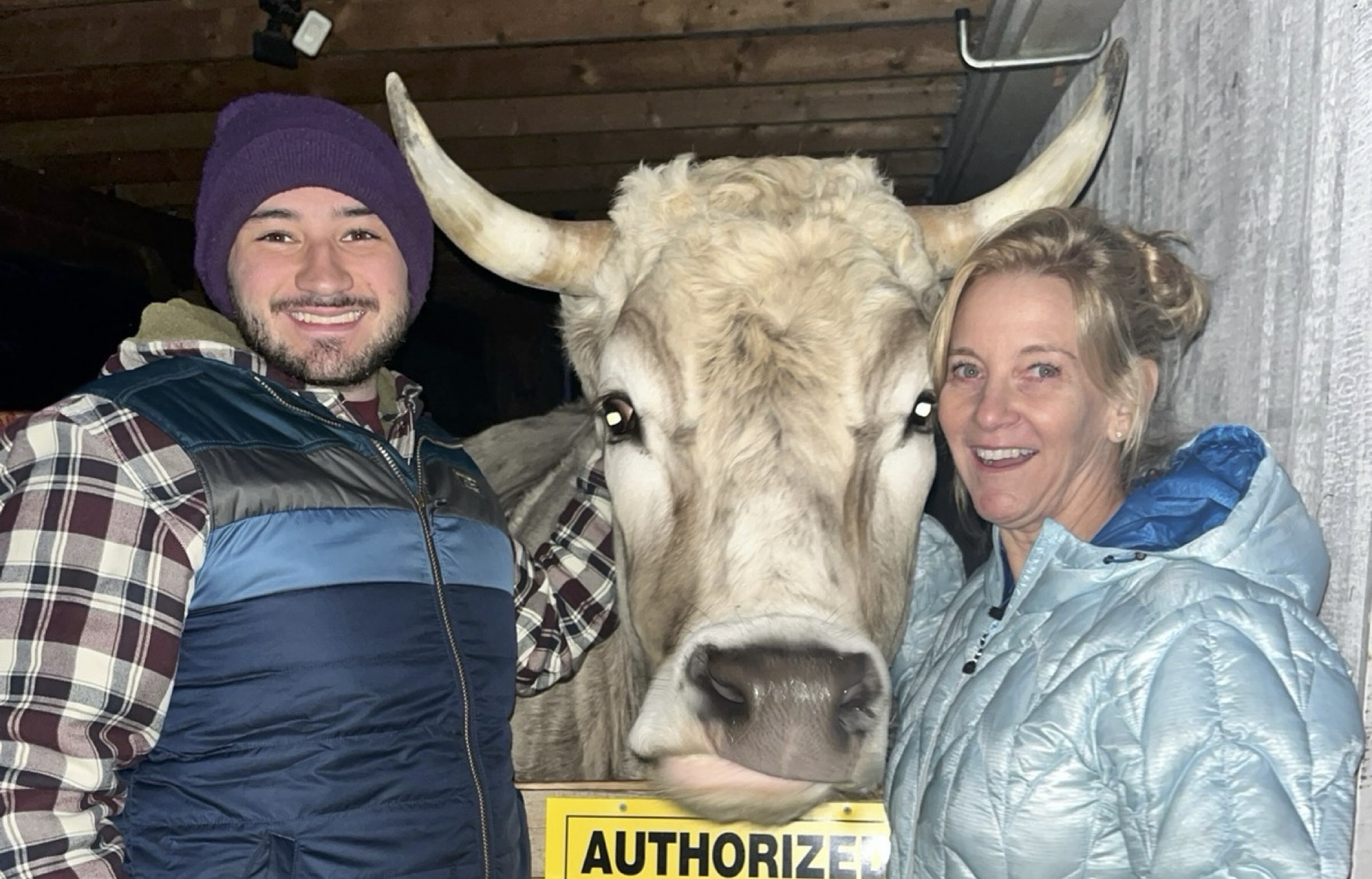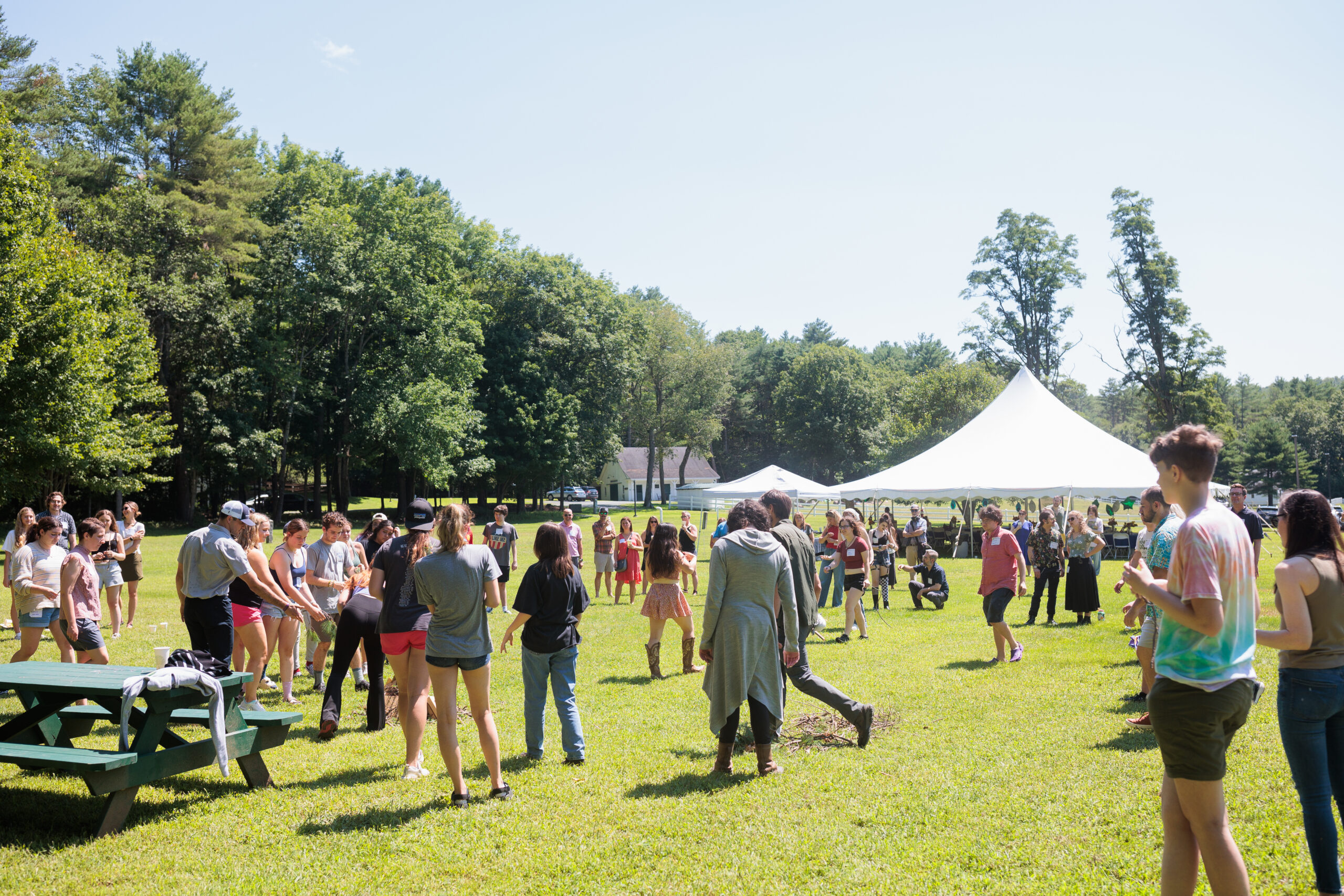Anxiety can be an isolating and overwhelming experience, not just for the individual struggling but for their entire family. In a recent episode of the Fear Less podcast, former Mountain Valley resident Hayden Fleischer and his mother, Amy, reflected on their journey—from Hayden’s struggles with severe anxiety to his transformation through treatment and his current role as a residential counselor at Mountain Valley. Their story is one of resilience, growth, and the power of community in healing.

The Decision to Seek Treatment
Before arriving at Mountain Valley in 2018, Hayden was trapped in a cycle of severe anxiety and depression that affected every aspect of his life. Missing nearly 60 days of school each year due to illness and exhaustion, he struggled both academically and socially. His mother, a psychotherapist, carried the weight of not recognizing the true extent of his anxiety earlier.
As Hayden’s 18th birthday approached, his parents faced the difficult decision of whether to enroll him in Mountain Valley. At first, Hayden resisted, clinging to the hope that his senior year would be different. However, his parents, recognizing the urgency of early intervention, made the tough call—one they now view as life-changing.
A Challenging Start, A Life-Changing Experience
Like many new residents, Hayden’s first days at Mountain Valley were filled with reluctance and fear. He struggled to adjust, even losing his appetite—an unusual shift for him. However, through gradual exposure therapy and the unwavering support of the residential staff, he began to engage in the program.
One pivotal moment came during an exposure exercise involving a mountain hike to a fire tower. On a family visit, he attempted to climb but turned back before reaching the top. Later, with the encouragement of peers and staff, he conquered his fear—reaching the summit and climbing the tower. This moment symbolized not just overcoming a specific fear but the broader realization that he was more capable than his anxiety had led him to believe.
Relearning Life Skills and Restoring Relationships
Beyond therapy, Mountain Valley provided Hayden with the opportunity to reconnect with joy and social engagement. His mother recalled seeing the “sparkle” return to his eyes—a brightness she hadn’t seen since childhood. Family therapy played a crucial role in mending relationships, particularly with his older brother, who had unknowingly distanced himself due to Hayden’s anxiety.
One of the most profound lessons for Hayden’s family was understanding the difference between support and accommodation. While their instincts had always been to ease Hayden’s distress, they realized that, at times, they were reinforcing his anxiety. Through Mountain Valley’s guidance, they learned to support him in a way that encouraged resilience rather than avoidance.
The Transition and Beyond
After 87 days at Mountain Valley, Hayden transitioned to boarding school—a decision he initially resented but later recognized as crucial to maintaining his progress. The fresh environment allowed him to apply his new skills without falling back into old patterns. From there, he went on to excel in college, eventually earning a 4.0 GPA in his final semesters.
Today, Hayden has come full circle. Now a residential counselor at Mountain Valley, he uses his lived experience to guide and support current residents. He remembers the fear in their eyes—because he once felt the same way. He also understands the immense power of time, community, and structured support in overcoming anxiety.
A Message to Families Considering Treatment
Both Hayden and Amy acknowledge the difficulty of deciding to send a child to treatment. The guilt, the fear, the uncertainty—these emotions are real and valid. However, as their story illustrates, taking that step can lead to profound transformation.
Amy reflects, “There were years we lost to anxiety, but now we’ve gained so much. Watching Hayden thrive and seeing him rediscover his spark has been incredible. We don’t just have our son back—we have a stronger, more connected family.”
For those considering Mountain Valley, Hayden offers this advice: “It’s okay to accept help. You don’t have to do this alone. Give the program time, lean on the support around you, and trust that things can get better.”
Mountain Valley is more than a treatment center—it’s a place where young people reclaim their lives, families rebuild connections, and resilience is fostered every day.



 At Mountain Valley Treatment Center, healing extends beyond traditional therapy sessions—it permeates every aspect of daily life, including the kitchen. Under the guidance of Chef Aric Eagleston, food has become a pivotal component of the therapeutic journey for residents grappling with anxiety and related disorders.
At Mountain Valley Treatment Center, healing extends beyond traditional therapy sessions—it permeates every aspect of daily life, including the kitchen. Under the guidance of Chef Aric Eagleston, food has become a pivotal component of the therapeutic journey for residents grappling with anxiety and related disorders.





